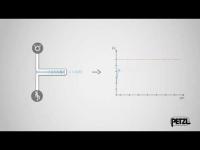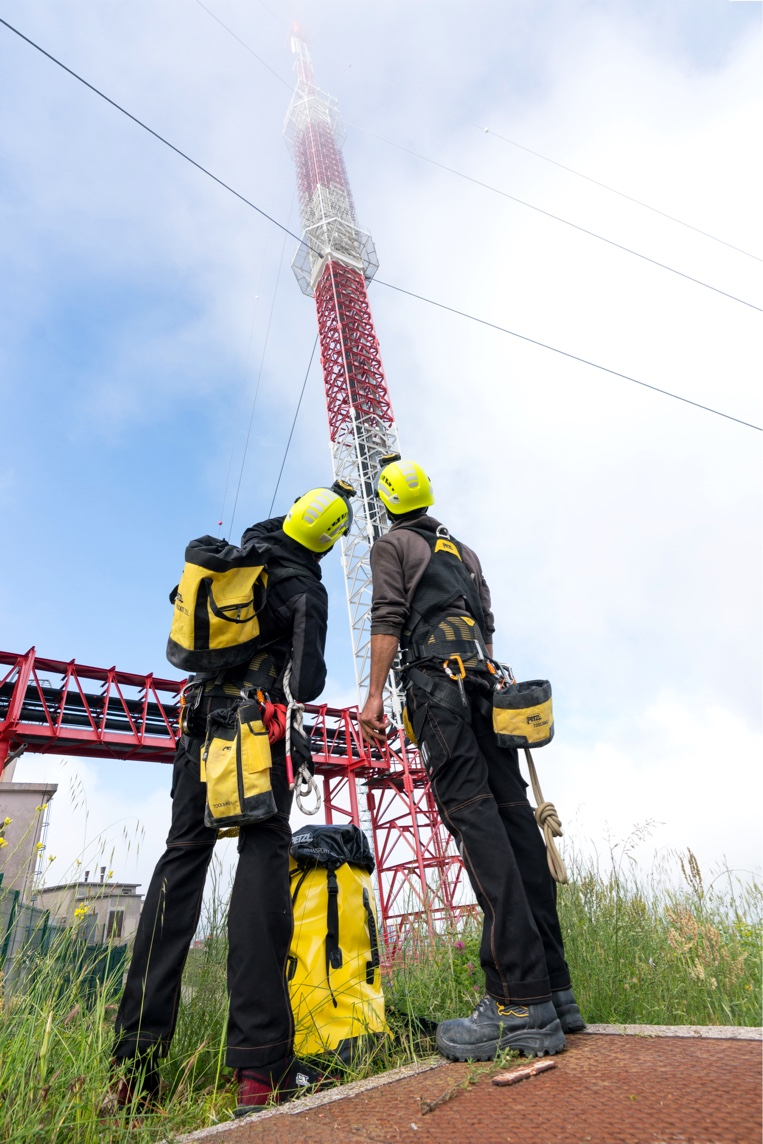 What is clearance and how to optimize it?
What is clearance and how to optimize it?
The risk of falling is a key concept to master when working at height. In this context, calculating the clearance for each specific work situation is vital to worksite safety. See below for the criteria required to calculate the clearance, and how to optimize it.
What is clearance?
Clearance is the minimum amount of clear space below the user that prevents the user from hitting an obstacle in case of a fall.
This minimum amount of clear space takes into account the length of the system, the tearing of the energy absorber, an average distance between the harness attachment point and the worker's feet (1.5 m) and a safety margin required by the standard (1 m).
The clearance value varies depending on the work situation. The operator’s position relative to the anchor, the length of the system and the operator’s weight are the main factors in its determination.
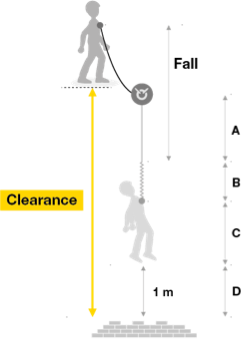
The role of the anchor’s position
To reduce the clearance, it is necessary to limit the tearing of the energy absorber. The tearing depends on the amount of energy to be absorbed, thus the length of the fall. In the field, it is advisable to always stay as far below the anchor as possible. If the situation requires the use of an anchor located below the user, choosing a lanyard that is as short as possible helps limit the potential fall distance.
BELOW THE ANCHOR
The operator is below the anchor and the ABSORBICA lanyard is nearly taut. Clearance is reduced as the fall distance is low.
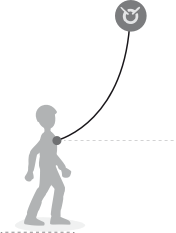
AT ANCHOR LEVEL
The anchor is at or slightly above the harness attachment point. If the operator falls, the fall distance is greater. So the clearance is greater.
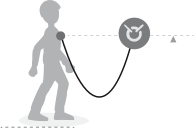
ABOVE THE ANCHOR
The anchor is at or below the operator's feet. If the operator falls, the fall distance is twice the lanyard length and results in greater tearing of the absorber. The clearance is thus even higher than in the two preceding cases.
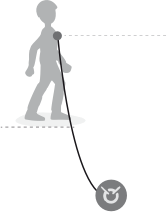
Optimize the system length
The total system length (connectors + absorber + lanyard) determines the maximum fall distance and thus affects the clearance value. The choice of lanyard model can be adapted to each workstation, keeping in mind that choosing a lanyard that is as short as possible reduces the potential fall distance. The ABSORBICA VARIO lanyard is best for situations where it is necessary to adjust the length of your system.
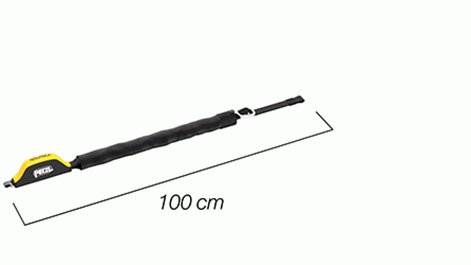
Weight: an important factor
Arresting the fall of a heavier user (with his/her equipment) means more energy that needs to be absorbed, so the absorber tear length is greater, which affects the clearance value. In fact, two operators placed in the same location relative to the anchor point but who differ in weight will have different clearances.
FAQ
Are there other factors that can affect my clearance?
Certain anchors can increase the potential fall distance (flexible lifeline, slanted anchor...)
The deployment of the fall-arrest attachment point on certain harnesses must also be considered in your clearance calculations.
Is the clearance calculator useful for other products?
No, this clearance calculator is applicable only to the current Petzl ABSORBICA line. (Products: L011AA00, L012AA00, L012CA00, L012BA00, L013AA01, L014AA01, L014CA01, L014BA01, L016AA00, L015BA00, L015AA00, L010AA00.)
Can I remove the energy absorber to reduce the potential fall distance?
No, the energy absorber helps reduce the impact force in case of a fall. Using a lanyard alone is a work positioning system and not a fall arrest system.
I have an old ABSORBICA model; how can I determine the associated clearance values?
See the Instructions for Use supplied with your device.
Learn about the Petzl Absorbica line.
Credit: PETZL



